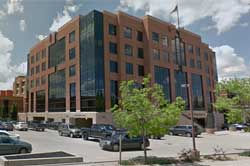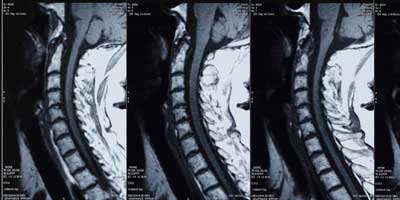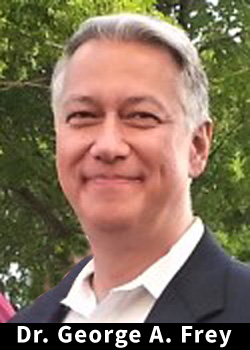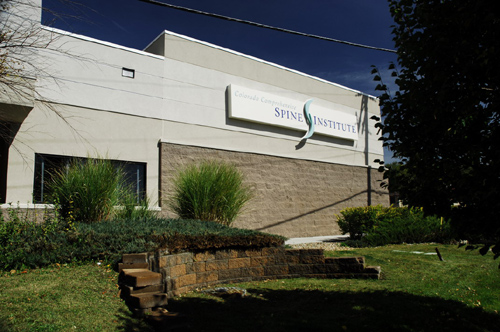Locations

Fax: (303) 762-9292

Explaining Spinal Disorders: Neck Sprains (Whiplash) and Strains
Neck sprains and strains, such as whiplash are common. Sprains and strains are similar but different soft tissue disorders.
- Sprain: An injury to a ligament caused by overuse or trauma.
- Strain: An injury to a tendon or muscle caused by overuse or trauma.
Whiplash is a common type of sprain often referred to a hyperextension and hyperflexion injury. Muscle pain that develops from cradling the phone between the ear and shoulder is an example of a strain. Both sprains and strains can cause severe pain and sometimes are temporarily disabling.
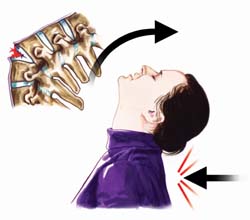
Hyperextension
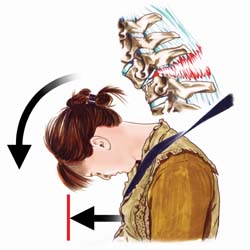
Hyperflexion
Symptoms
Typical symptoms include:
- Varying degrees of pain; mild to intense
- Sharp, dull, throbbing, and/or burning pain
- Stiffness, difficulty moving the neck or upper body
- Swelling
In addition to the above, whiplash symptoms may include:
- Headache
- Dizziness
- Jaw pain (immediate or delayed)
- Ringing in the ears
Diagnosis
Our comprehensive diagnostic process includes:
- Medical history. Your doctor talks to you about your symptoms, their severity, and what treatments you have already tried.
- Physical examination. You are carefully examined for movement limitations, balance problems, and pain. During the exam, the doctor evaluates loss of extremity reflexes, muscle weakness, loss of sensation, or other signs of a neurological problem.
- Diagnostic tests. Generally, doctors start with plain x-rays. If necessary, CT scans and MRIs are performed to obtain more detail about your spinal sprain or strain (i.e. rule out vertebral fracture).
Nonoperative Treatment
Many different nonsurgical treatments help relieve neck sprain or strain symptoms. These include:
- Medications, such as an anti-inflammatory to reduce swelling and pain, muscle relaxants to calm spasm, and occasionally, narcotic painkillers to alleviate acute pain.
- Cold/heat therapy, especially during the first 24-48 hours of pain onset.
- Soft cervical collar or brace*
- Physical therapy, which may include gentle massage, stretching, therapeutic exercise, or traction to decrease pain and increase function.
- Alternative therapy (i.e. acupuncture)
*A cervical collar is a short-term treatment to help support tender and painful neck tissues while they heal. A collar can reduce neck and upper back pain by relieving muscle spasm and cervical fatigue.
In conjunction with these treatments, our staff will educate you about healthy posture and proper body mechanics.
Conclusion
Symptoms of a cervical sprain or strain may be similar to other spinal disorders. If pain or symptoms persist or worsen, call our office for an appointment. Our medical staff will provide you with excellent information to help you recover and stay healthy.



